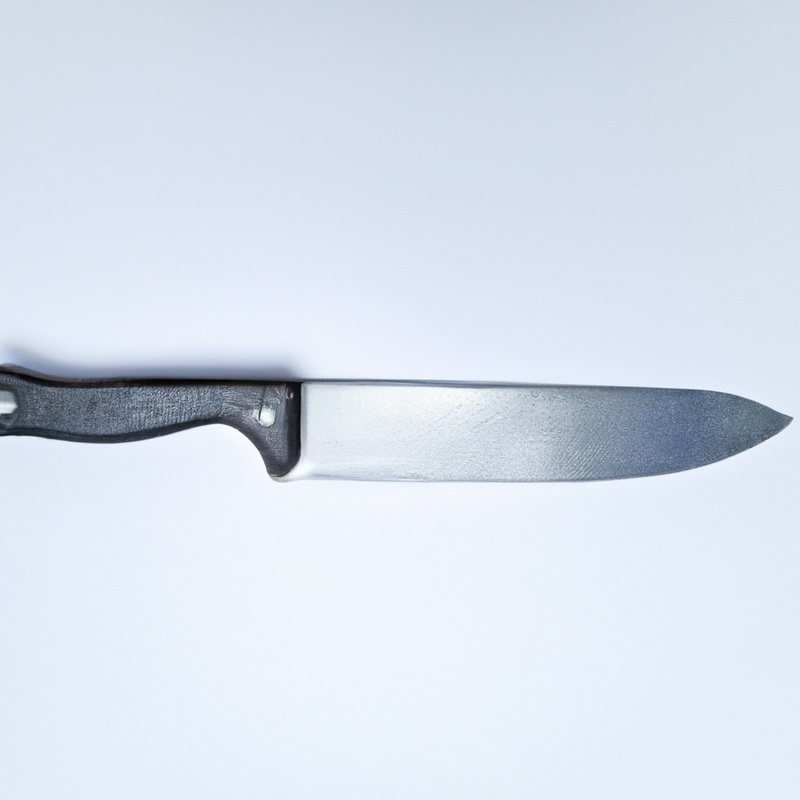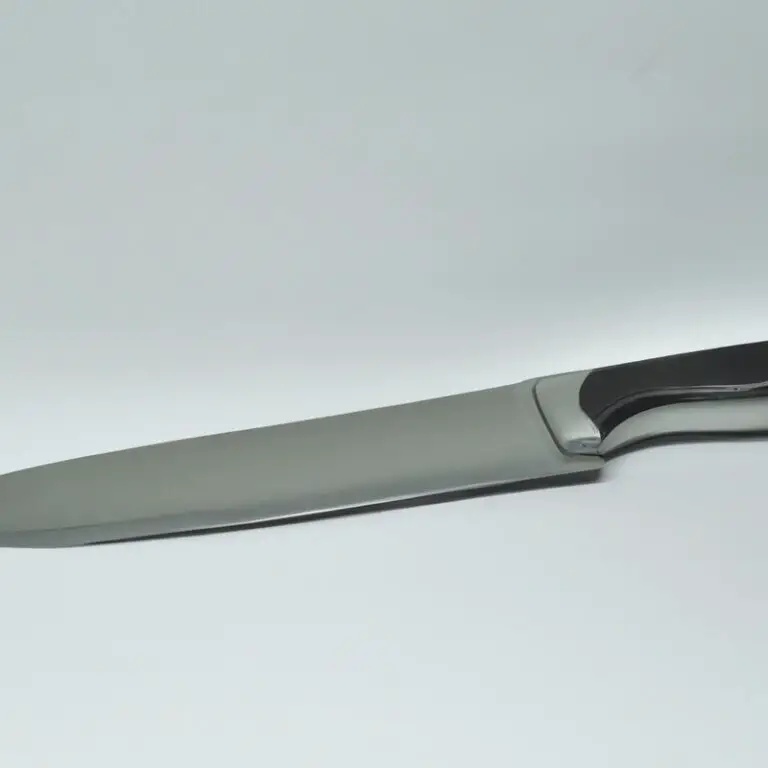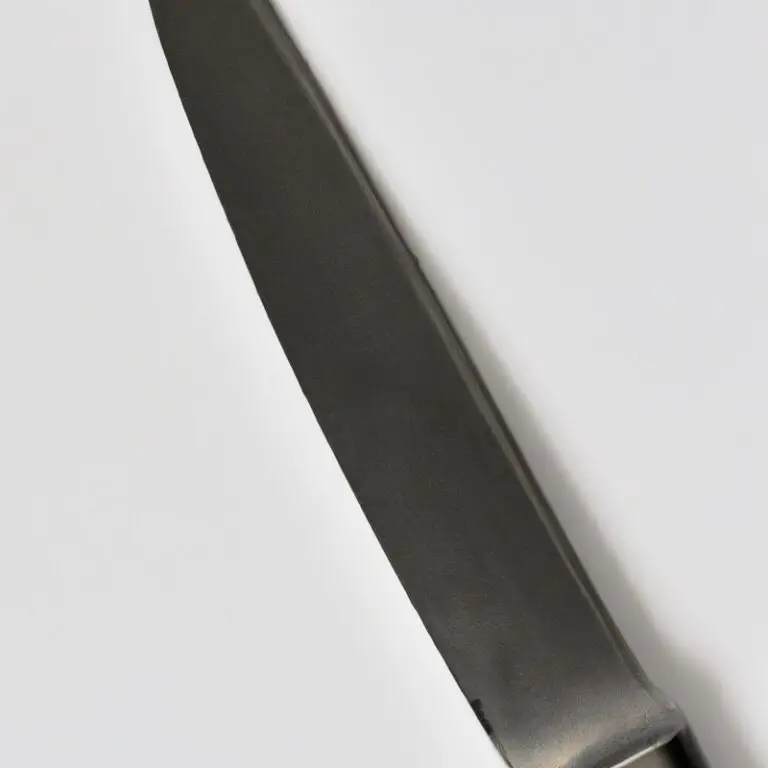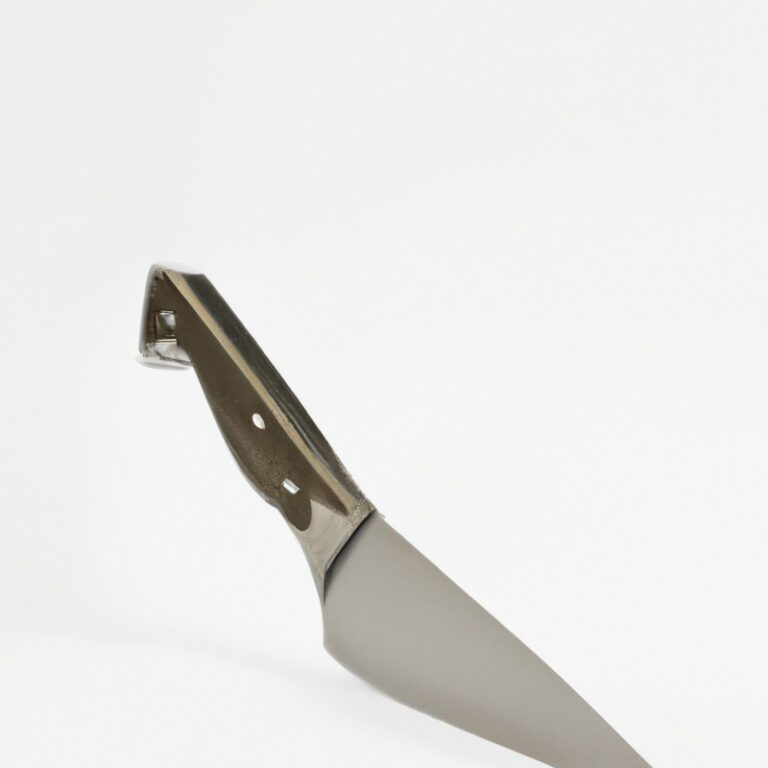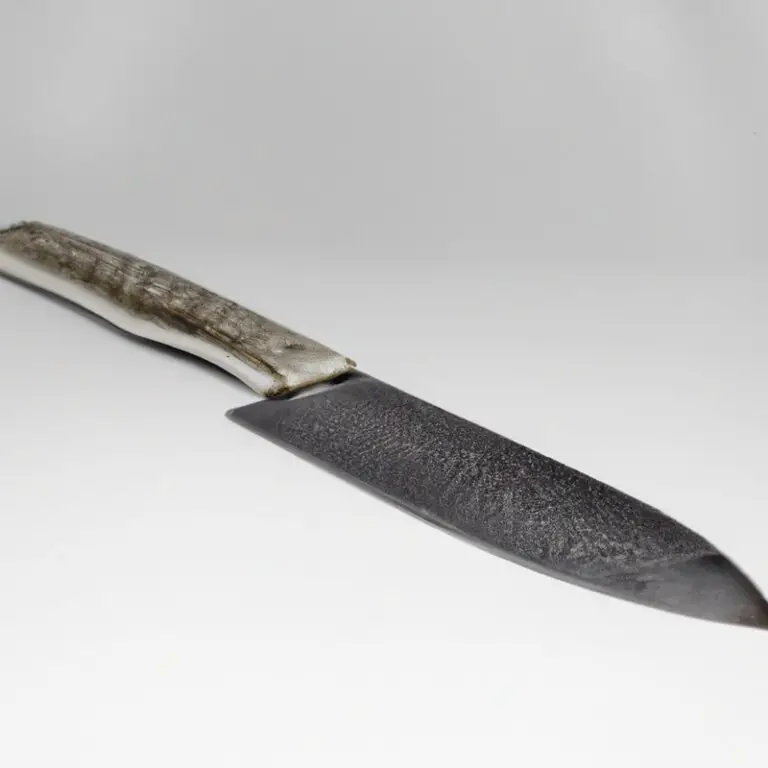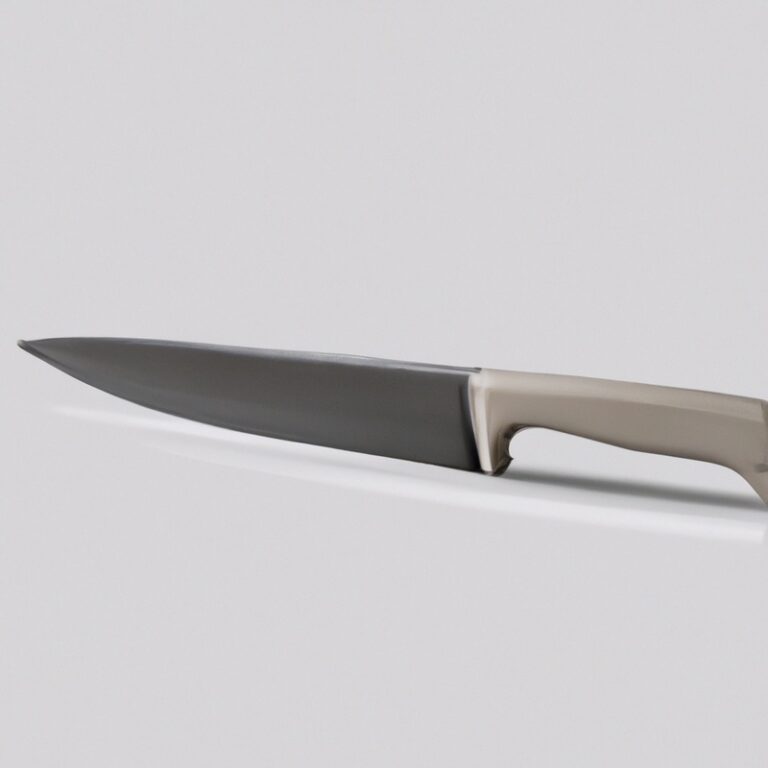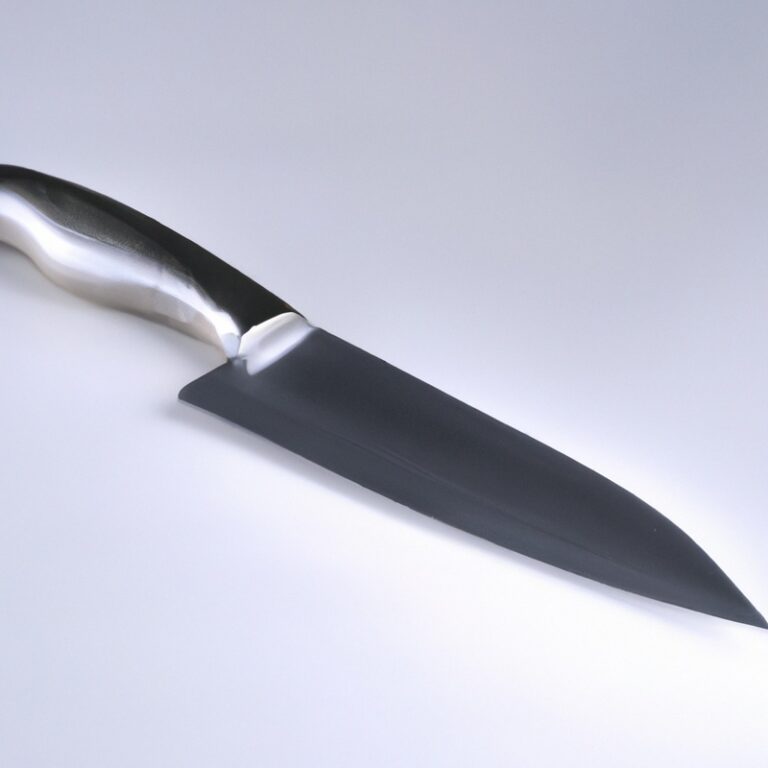How Does Knife Steel Affect Blade Flexibility In Folding Knives?
Key Takeaways:
- Different knife steels impact blade flexibility in folding knives.
- Blade flexibility is influenced by factors such as steel type and heat treatment.
- High carbon steels generally offer less flexibility compared to stainless steels.
- Blade thickness can also impact the overall flexibility of folding knife blades.
Have you ever wondered why some folding knives feel rigid and inflexible, while others seem to bend effortlessly? The secret lies in the type of steel used in their blades.
As an expert in knife steel and blade construction, I’m here to shed light on the fascinating relationship between knife steel and blade flexibility.
In this article, we’ll dive deep into the world of knife steel, explore the factors that affect blade flexibility, and understand the crucial role played by different types of steel. So, if you’re ready to unlock the secrets of knife steel and discover how it shapes the performance of folding knives, join me on this journey!
| Knife Steel | Blade Flexibility |
|---|---|
| High Carbon Steel | Less flexible, more rigid |
| Stainless Steel | More flexible, less rigid |
| Damascus Steel | Varies depending on composition |
| Powder Steel (SG2, S110V, etc.) | High flexibility, excellent edge retention |
| Ceramic | Extremely rigid, minimal flexibility |
Understanding Knife Steel
What is knife steel?
Knife steel refers to the material that is used to make the blade of a knife.
It is a crucial factor that determines the overall performance and durability of the knife.
Knife steel can be made from different alloys, which vary in composition and properties.
Different types of knife steel have different levels of hardness, corrosion resistance, and edge retention.
Some common types of knife steel include carbon steel, stainless steel, and Damascus steel.
The choice of knife steel depends on the specific needs and preferences of the user.
Importance of knife steel in folding knives
The choice of knife steel plays a vital role in the performance of folding knives. It determines their strength, durability, and flexibility.
Knife steel affects the overall functionality and longevity of the blade.
Different types of steel have varying hardness levels and compositions, which directly impact blade flexibility. Proper heat treatment further enhances the steel’s properties.
When selecting a folding knife, considering the steel type is crucial to ensure the desired level of flexibility to meet your specific needs and preferences.
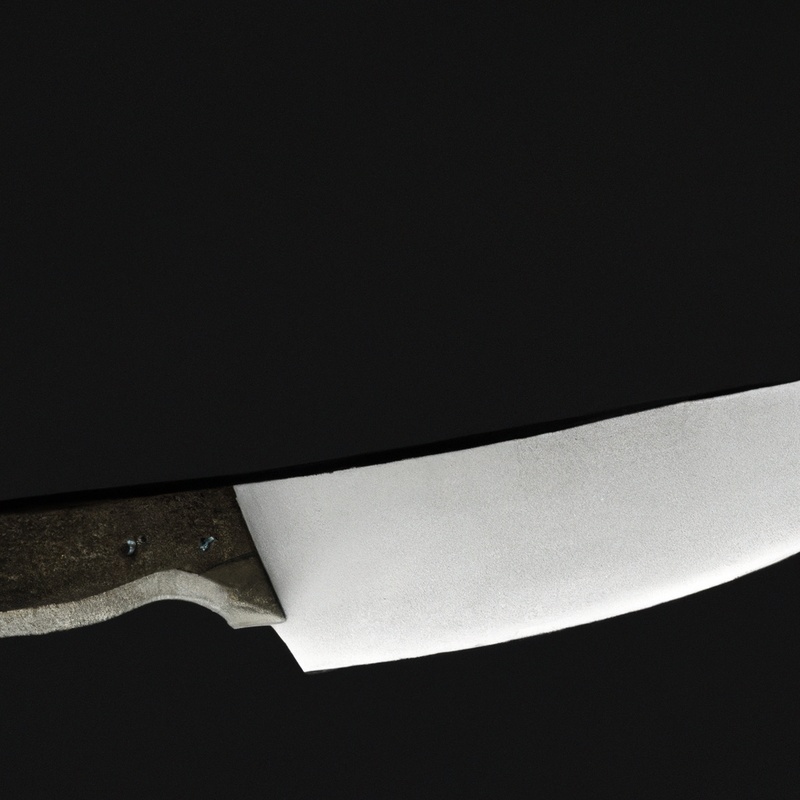
Factors Affecting Blade Flexibility
Blade thickness
The thickness of a knife blade plays a significant role in its flexibility.
Thicker blades are generally stiffer, while thinner blades tend to be more flexible.
Here are a few key points about blade thickness and flexibility:
- Thicker blades provide greater strength and durability, making them ideal for heavy-duty tasks and applications that require more rigidity.
- Thinner blades offer enhanced flexibility, allowing for precise and delicate cutting tasks.
- The intended use and personal preference should guide your choice of blade thickness. If you prioritize flexibility, opt for a thinner blade, while a thicker blade may be preferable for tasks requiring more strength and stability.
Remember, when selecting a knife, consider not only the blade thickness but also other factors like steel type and blade shape to ensure the perfect balance of flexibility and functionality.
Blade length
Blade length is an important factor that affects the flexibility of a folding knife.
Generally, longer blades tend to be less flexible compared to shorter ones.
This is because longer blades have more surface area and therefore require more rigidity to maintain their structural integrity.
On the other hand, shorter blades have less surface area and can be more flexible.
However, it’s worth noting that the overall design and thickness of the blade also play a role in determining its flexibility.
So, when choosing a folding knife, consider how the blade length will impact its flexibility based on your specific needs and preferences.
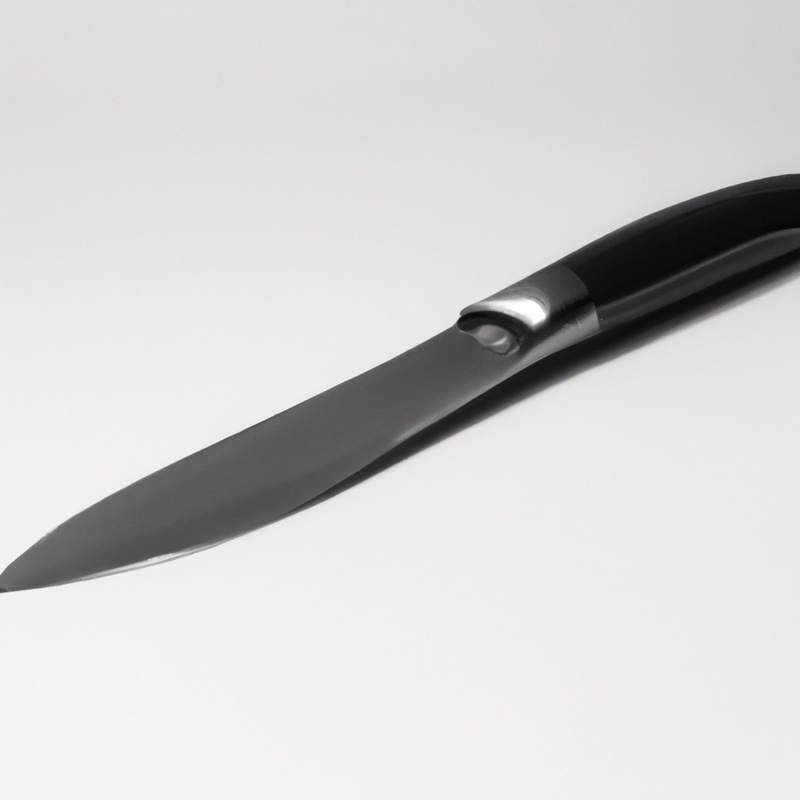
Blade shape
Blade shape plays a significant role in the flexibility of a folding knife.
A curved or belly-shaped blade allows for smoother slicing and promotes flexibility.
This shape is ideal for tasks that require a rocking motion, like chopping or mincing.
On the other hand, a straight blade offers better control and precision but may not be as flexible.
Blade shape is an important consideration when choosing a folding knife for your specific needs and preferences.
Role of Knife Steel in Blade Flexibility
Hardness of knife steel
The hardness of knife steel plays a significant role in blade flexibility. A harder steel will have less flexibility, while a softer steel will be more flexible.
This is because hardness affects how the steel responds to stress and strain.
A harder steel will be more resistant to bending but may be more prone to chipping or breaking. On the other hand, a softer steel will be more forgiving and less likely to break, but it may deform under heavy use.
Achieving the right balance of hardness is essential for a knife that offers both flexibility and durability.
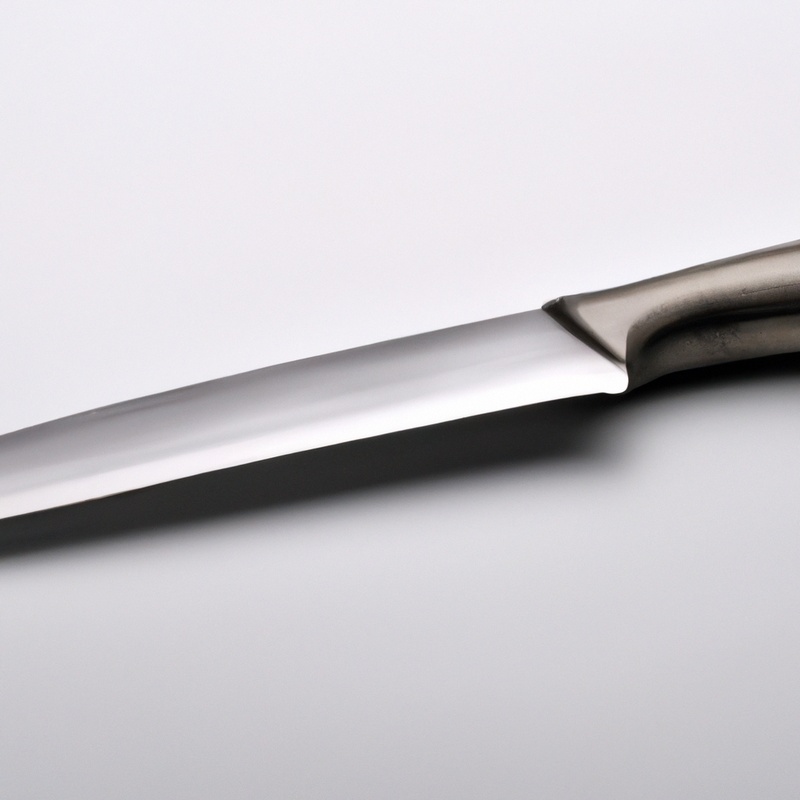
Steel composition
Steel composition refers to the specific combination of elements that make up the steel used in knife blades.
The composition can vary greatly, but common elements found in knife steel include carbon, chromium, vanadium, and molybdenum.
Each element contributes to the steel’s overall properties, such as hardness, corrosion resistance, and toughness.
The precise composition of the steel greatly influences its performance and suitability for specific tasks.
Different compositions can result in varying levels of blade flexibility, so it’s essential to consider the steel composition when selecting a knife.
Heat treatment
Heat treatment plays a critical role in shaping the flexibility of a knife blade.
During heat treatment, the steel is subjected to specific temperatures and cooling processes to enhance its overall properties.
By carefully controlling the heating and cooling, the hardness and flexibility of the steel can be adjusted.
This process helps to avoid brittleness while maintaining the necessary hardness for cutting tasks.
The right heat treatment can result in a balance of strength and flexibility, ensuring that the blade is durable and resistant to damage.
Different Types of Knife Steel
Carbon steel
Carbon steel is a popular choice for knife blades due to its excellent strength and durability.
It is made by combining iron with carbon, which gives it its name.
Carbon steel knives are known for their ability to hold a sharp edge and their responsiveness to sharpening.
However, they are prone to rust and require regular care to maintain their quality.
It is important to keep carbon steel blades clean, dry, and well-oiled to prevent corrosion.
Additionally, carbon steel knives should be stored in a dry environment to avoid moisture damage.
Stainless steel
Stainless steel is a popular material for knife blades. It is known for its corrosion resistance and durability, which makes it an excellent choice for folding knives.
The high chromium content in stainless steel helps prevent rust and staining, making it low maintenance.
Stainless steel also offers good strength and hardness, providing a balance between flexibility and cutting performance. However, it is important to note that not all stainless steels are the same, as they vary in composition and heat treatment.
Popular stainless steel options for folding knives include 154CM, S30V, and 20CV, each with its own unique qualities and characteristics.
Damascus steel
Damascus steel is known for its unique and captivating appearance. It is a type of steel that is made by forging together different layers of steel.
The resulting pattern on the blade is a result of these layers.
This steel is not only visually stunning but also provides excellent strength and durability. It can be a great choice for those who want a flexible blade that can also hold its edge well.
However, it’s worth noting that Damascus steel can be more expensive compared to other types of knife steel.
How Different Knife Steels Affect Blade Flexibility
High carbon vs. stainless steel
High carbon steel and stainless steel are two common types of knife steel that differ in their composition and properties.
High carbon steel is known for its excellent edge retention and sharpness, making it a popular choice for cutting applications.
However, it is more prone to rust and requires regular maintenance to prevent corrosion.
On the other hand, stainless steel is resistant to rust and stains, making it more low-maintenance.
However, it may not hold its edge as well as high carbon steel.
The choice between the two depends on personal preference and the intended use of the knife.
Blade design and steel flexibility
Blade design and steel flexibility are closely linked when it comes to folding knives.
The shape and thickness of the blade can significantly impact its flexibility.
A thinner and narrower blade will generally be more flexible compared to a thicker and wider one.
Additionally, the type of steel used in the blade plays a crucial role in determining its flexibility.
Different types of steel have varying levels of hardness and composition, which can affect the blade’s flexibility.
So, when choosing a folding knife, it’s essential to consider both the blade design and the type of steel used to ensure the desired level of flexibility.
Advantages and disadvantages of different steels
Different steels offer unique advantages and disadvantages when it comes to blade flexibility. Carbon steel, known for its excellent edge retention and ease of sharpening, tends to be more flexible but can rust easily.
Stainless steel, on the other hand, is highly resistant to corrosion but generally less flexible.
Damascus steel, prized for its beautiful patterns, offers a good balance between flexibility and corrosion resistance. Each steel type has its pros and cons, allowing you to choose based on your specific needs and preferences.
Choosing the Right Knife Steel for Blade Flexibility
Considerations for folding knives
When choosing a folding knife, there are a few important factors to consider.
First, think about the size and weight of the knife.
A smaller, lightweight knife may be more convenient for everyday carry, while a larger knife might be better for outdoor or tactical use.
Next, consider the blade material.
Different types of steel have varying levels of flexibility, hardness, and corrosion resistance.
It’s important to find a balance between these characteristics based on your intended use for the knife.
Lastly, pay attention to the lock mechanism of the folding knife.
Different types of locks, such as liner locks or frame locks, offer varying degrees of stability and safety.
Take into account your comfort level with each type of lock and choose accordingly.
Overall, the right folding knife will depend on your personal preferences and needs.
Popular knife steels for flexibility
There are several popular knife steels known for their flexibility. One such steel is 440C, which offers a good balance of toughness and flexibility.
Another option is VG-10, which is known for its excellent corrosion resistance and flexibility.
If you’re looking for a stainless steel with high flexibility, N690 is a good choice. S30V is another popular steel that offers good flexibility and edge retention.
These are just a few examples, and the right steel for you will depend on your specific needs and preferences.
Balancing flexibility and other factors
When choosing the right knife steel for blade flexibility, it’s important to find a balance between flexibility and other factors. Factors like hardness, steel composition, and heat treatment all play a role in the overall performance of the blade.
It’s crucial to consider your specific needs and preferences when making a decision.
High carbon steel offers great flexibility but requires more maintenance, while stainless steel is more resistant to corrosion but may be less flexible. Take into account the type of tasks you’ll be performing with the knife and find the steel that best fits your requirements.
Maintaining Blade Flexibility with Proper Care
Cleaning and drying
When it comes to cleaning and drying your folding knife, there are a few important things to keep in mind.
Firstly, make sure to use mild soap and warm water to clean the blade and handle.
Avoid harsh chemicals that could damage the steel.
Secondly, pay attention to the crevices and hinges and use a soft brush to remove any dirt or debris.
Thirdly, after cleaning, thoroughly dry the knife with a clean cloth to prevent rust or corrosion.
Remember to store your knife in a dry environment to maintain its flexibility and longevity.
Lubrication and maintenance
Lubrication and maintenance play a vital role in maintaining the blade flexibility of folding knives. Regular lubrication helps reduce friction between the blade and the handle, ensuring smooth opening and closing.
I recommend using a high-quality lubricant specifically designed for knives.
Additionally, proper maintenance involves cleaning and drying the knife after each use to prevent rust and corrosion. Regularly inspecting and tightening screws and bolts is also essential.
By taking care of your folding knife through proper lubrication and maintenance, you can ensure its longevity and optimal blade flexibility.
Proper storage
Proper storage is essential for maintaining the blade flexibility of your folding knife.
Here are a few tips:
- Store your knife in a dry environment to prevent rust and corrosion. Avoid damp or humid areas, as moisture can damage the steel.
- Keep your knife in a sheath or blade cover to protect it from scratches, dings, and accidental contact. This will help preserve its shape and overall flexibility.
- Store your knife in a secure location, away from children or anyone who may mishandle it. A dedicated knife case or drawer can help ensure it remains safe and undamaged.
- Avoid storing your knife in extreme temperatures, as this can affect the blade’s hardness and flexibility. High heat can also cause handle materials to warp or degrade.
Proper storage goes a long way in preserving the performance and lifespan of your folding knife.
By taking a few simple precautions, you can maintain its blade flexibility for years to come.
Final Verdict
Knife steel plays a crucial role in determining the flexibility of folding knife blades. Factors such as blade thickness, length, and shape, along with the hardness of the steel, its composition, and heat treatment, all contribute to blade flexibility.
Different types of knife steel, such as carbon steel, stainless steel, and Damascus steel, have their own advantages and disadvantages in terms of flexibility.
When choosing the right knife steel for blade flexibility, one must consider the specific needs of a folding knife and balance flexibility with other factors like durability and corrosion resistance. Proper care and maintenance are also essential to maintain blade flexibility over time.
By understanding the intricate relationship between knife steel and blade flexibility, knife enthusiasts can make informed decisions and ensure optimal performance from their folding knives.

